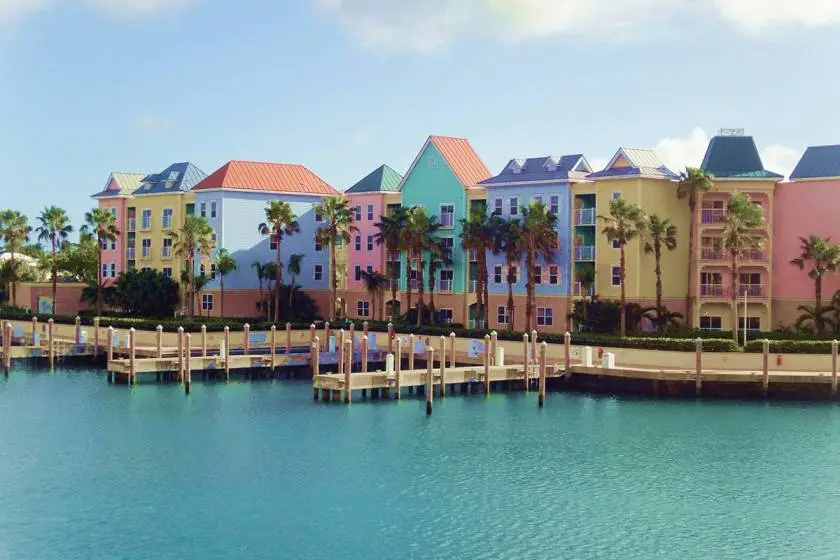Tips for Surviving in Expensive Countries

We've determined which nations have greater daily living expenses by using the most recent data from Numbeo's Cost of Living Index. With regard to New York City, which has an index score of 100, the index scores represent relative percentages of the expense of living. Accordingly, living expenses in nations with a score below 100 are lower than in New York City, while those with a score over 100 are more.
Sweden (62.2)
Sweden has regained its position among the top 30 in 2024, surpassing the Isle of Man. Despite being far less costly than its Nordic neighbors, the Scandinavian country has a high cost of living due to hefty sales taxes, which means that everything from clothing to food and drink can be more expensive than it would be elsewhere. For example, a gallon of milk costs around $6 (£4.73), but a McDonald's meal costs $9.69 (£7.64). Sweden's citizens appear to be "Lovin' it" despite the high cost of living; the country is ranked 14th on Numbeo's Quality of Life index, higher than the US, UK, or Canada.
Belgium (63)
Brussels, the center of European politics, has a score of 67.9, making it the costliest city in Belgium. Belgium's cost of living index is 63 overall. In the country, restaurant prices are very expensive. Belgium's restaurant pricing index, according to Number, is 67.8, greater than that of several other nations, such as Singapore, Canada, and Australia, which have higher total cost of living scores. That being said, a bottle of internationally renowned domestic beer will only set Belgians back the equivalent of $1.84 (£1.45).
The UK (63.7)

In 2023, the UK was not even in the top 30. As of right moment, its index score is 63.7. Residents might not be too surprised by this. Recent years have witnessed sharp rises in fuel and electricity expenses for households throughout the United Kingdom, coupled with soaring prices in food stores. Nor is it likely that the situation will get much better very soon, with inflation predicted to continue around 3% for the duration of 2024.
Netherlands (64.3)
The cost of living in the Netherlands is quite high; one example of how expensive some goods can be is gasoline, which as of this writing costs an eye-watering $8.17 (£6.45) a gallon. Positively, these costs contribute to the country's ranking as one of the least polluted on our list. In fact, despite being the 26th most expensive country in the world to live in, the Netherlands ranks second in Numbeo's Quality of Life Index.
Puerto Rico (64.4)
Ranking joint 24th in the rankings is the Commonwealth of Puerto Rico, an unincorporated US territory. While certain commodities are extremely inexpensive (a pint of native beer costs around $2.50/£2), overall living expenses on the island country are higher than in countries such as Italy, Sweden, and Japan. Still, compared to the US, where Puerto Rico imports the majority of its supplies, it's far less expensive.
Read Also: World's Most Remote Homes You Won't Believe Exist
Luxembourg (65.3)
With only 660,000 people, Luxembourg is a tiny country in comparison to several others on this list. For non-qualified workers over the age of 18, the country has a remarkable monthly minimum salary of €3,085 ($3.3k/£2.6k), one of the highest in the EU and among the finest in the world. The first nation in the world to do away with fees for all public transportation was Luxembourg in 2020. Even with their high earnings, many Luxembourg residents apparently prefer to shop for groceries in France, where prices are significantly lower. However, as you will see, living expenses are greater in France overall.
Finland (65.5)

Finland is among the costliest countries in the world; in comparison to other countries, the cost of basic necessities like water, gasoline, and movie tickets all rank in the top 10. But for the last six years, Finland has topped the annual World Happiness Report; the country most recently won the title in March 2023. It was in the top five every year from the report's launch in 2013 until taking the top spot in 2018.
Ireland (66.5)
The cost of living in Ireland is extremely high compared to the neighboring UK, where dining out, rent, and grocery shopping are far less expensive, owing to the high 23% VAT rate. Ireland's location is unhelpful, and like the UK, it is an island nation, thus many of its basic necessities are imported. Ireland likewise has a shortage of natural resources, unlike the UK. With some of the highest electricity rates in Europe, the nation imports more than 70% of its power, far more than the EU average of 58%.








.jpg)
.jpg)

.jpg)
.jpg)